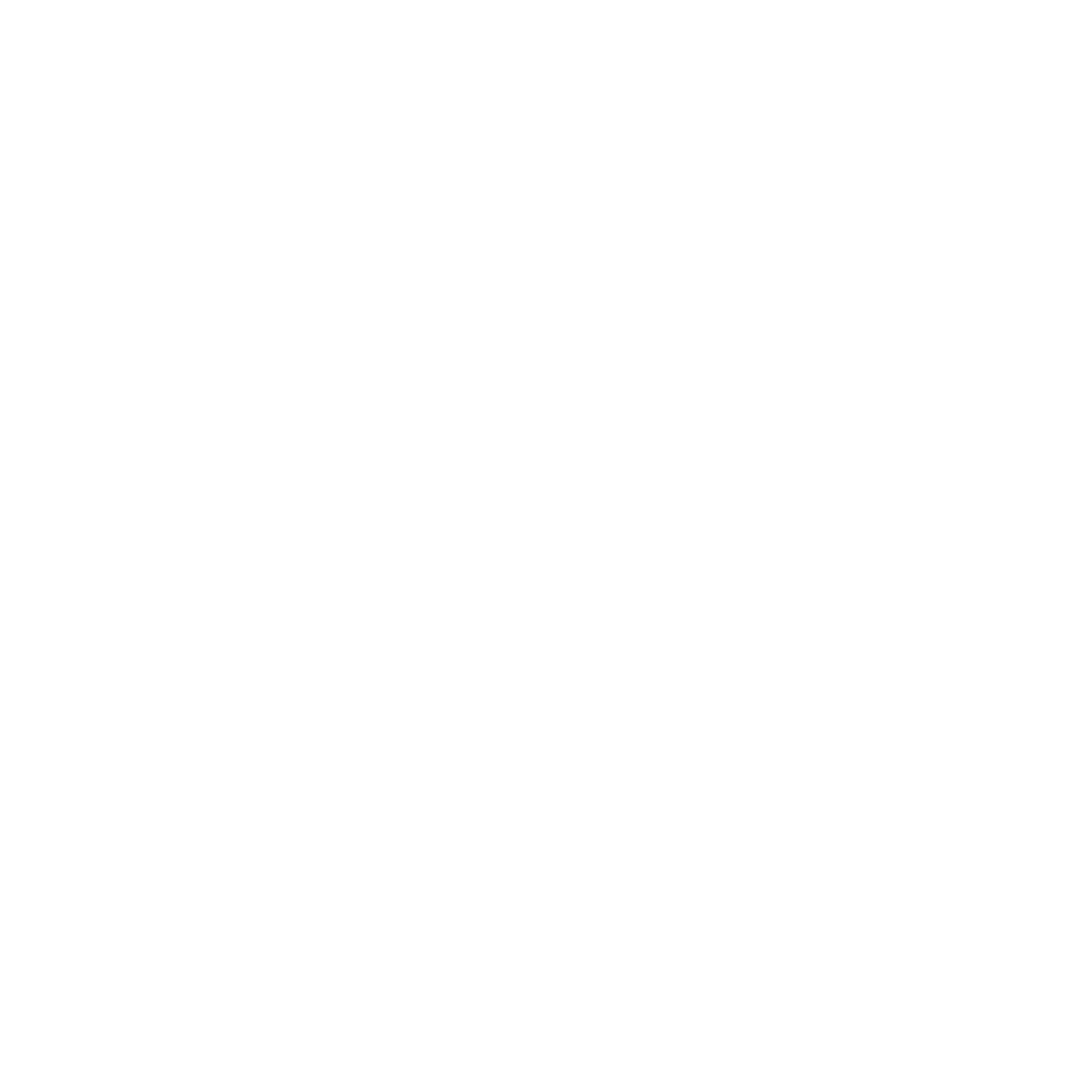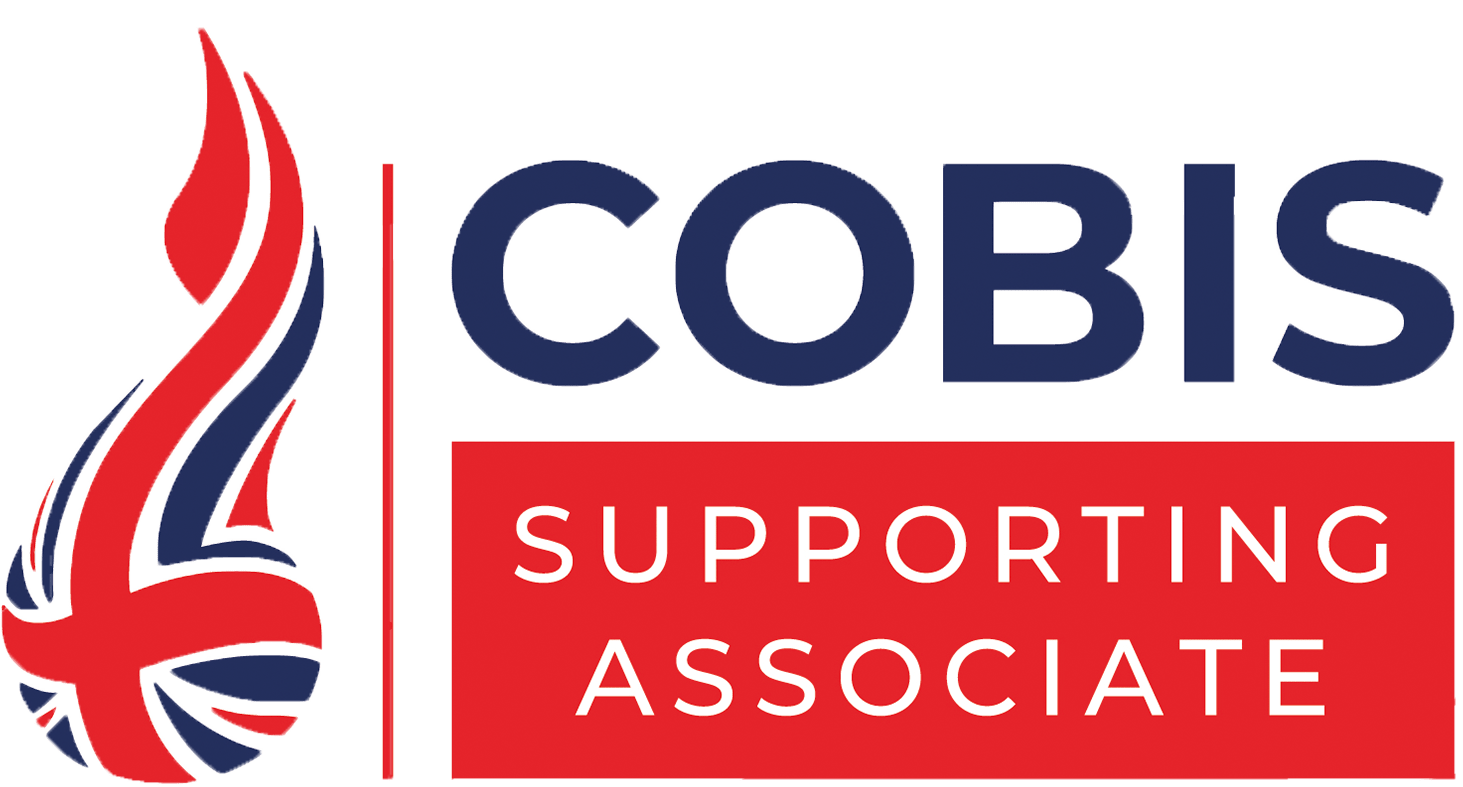In this mini-series of guest blog posts, we hear two points of view on the King’s-Medway-Oxfordshire Formative Assessment Project (KMOFAP).
From January 1999, KMOFAP set out to discover what happened in practice when teachers attempted to strengthen their formative approach to assessment in the classroom. We investigate how that looked at the time, and what the state of play is almost two decades later.
At the same time next week, we’ll publish the thoughts of Paul Spenceley, one of the original science teachers involved in the project. But first, Dr Chris Harrison of King’s College shares her thoughts on the then and now.
Assessment for Learning (AfL) is a term recognised by most teachers in the UK. Teachers either met AfL ideas as part of their initial teacher training, and/or have attended CPD on it, and/or have come across it in school policies and practices. Interestingly, both researchers and OFSTED, in recent years, find that the ways in which teachers implement AfL at classroom level varies greatly, with some practices that teachers describe as AfL falling wide of its intended purpose. To understand this, we need to go back to the early research work on AfL and look at how classroom practice evolved.
In January 1999, the King’s-Medway-Oxfordshire-Formative-Assessment-Project (KMOFAP) was underway. Following closely on the heels of the review on formative assessment completed and published in 1998 by Paul Black and Dylan Wiliam, KMOFAP set out to investigate the reality of what happened in practice when teachers attempted to strengthen their formative approach to assessment in the classroom. At the time, I was working at King’s College, heading up the Biology/Science PGCE course as well as overseeing the CPD and conferences for Cognitive Acceleration in Science Education project. I was also midway through my PhD, which looked at classroom assessment practices in KS3 science classrooms. This put me in a good position to take a lead on the new AfL project, in terms of both the classroom research and the professional learning aspects.
While the review that Paul Black and Dylan Wiliam had completed was full of nuggets of what teachers might focus on to improve feedback in their classrooms, the details of what to do and how this might play out in practice were not there. This was the mission that KMOFAP set out to investigate. We started with six schools, three in Medway and three in Oxfordshire, and we worked with two science and two mathematics teachers in each school. Over the first six months, we held three teacher meetings at King’s, where we introduced these teachers to the various ideas that arose from the Black & Wiliam review.
Discussions, debates and suggestions about how feedback could be strengthened led the teachers to select some ideas to try in their own classrooms. In between each visit, myself and our researcher, Clare Lee, visited the teachers in their classrooms as they tried to make these ideas work in practice. At each meeting, the teachers shared their accounts of how things had worked (or not) in their classroom and Clare and myself were able to add to this, enabling them to compare and contrast what they were doing with the other teachers on the project. The practice-based-evidence that they were generating enabled us, as a research team, to return to and think through the various studies that went into the original review. So, between the teachers and researchers, this experimental phase of the project helped us understand better what we meant by formative practice, how it worked in classrooms and what factors seemed to close down or open up opportunities for assessment to inform teaching and learning. This refinement in our understanding was crucial for the next phase of the project.
The main phase of the project took place over a whole school year (September 1999 to July 2000). Our 24 science and maths teachers each selected one class that they would work with in a more formative way, choosing various AfL strategies that they had found successful in the experimental phase of the project. The research team continued to monitor what was happening in these classrooms on a regular basis and teachers met, twice a term, to discuss how things were going and how they might refine their formative practice.
While all the teachers had control over what they did in terms of formative practice, they were clearly influenced by what was successful in their own and other teachers’ classrooms and through discussion with the research team. Some teachers made radical changes to their practice over this time, while others tweaked existing practices in their classrooms. The confidence of being on the project seemed to give teachers permission to venture away from some things, such as end-of-topic tests, which had become ingrained in many departments following the introduction of the National Curriculum.
Others made more formative use of the test information by moving the test time to two thirds through the topic, leaving space to either remediate or extend some areas of study, post-test. A few used the test at the start of the topic as a diagnostic tool to workout where to focus the teaching. In all of these cases, the teachers were increasing the number and detail of feedback loops in their classrooms. This improved communication about learning between students and teacher, and vice versa. Overall, this raised achievement, when these classes were compared with similar classes who had not focused on AfL. While we were not surprised by this result, we were surprised by the diversity and flexibility of practice developed by most of the project teachers and their eagerness to reflect on and interpret research into practice. While the details of practice varied, the clear purpose of strengthening feedback loops through oral and written communication was evident in each of these variations.
So, almost twenty years on, assessment for learning is on the agenda of most schools in the UK. It certainly is a practice that teachers easily subscribe to, and the big push through the National Strategies made teachers aware of the types of teaching that could result in a formative approach to assessment. While we frequently see good formative practice in some teachers’ classrooms, embedding these practices within schools has been variable. The many pressures on schools in recent years have led to classroom approaches that are strait-jacketed in approaches designed for uniformity and consistency. Such approaches often mitigate against formative practice.
It is difficult for formative feedback to function if it is tied to specific strategies or methods of feedback, because the nature of good formative feedback lies in timely and tailored guidance, not regular reporting. Many schools use green or purple pen for students to respond to teacher comments in their books; often, these simply become corrections, completed in a different colour, rather than being thoughtful reflections and improvements on previous ideas. It is the tailoring of formative practice that needs looking at in most schools, alongside reducing the many practices that are required for reporting and accountability to a minimum. Such a move would enable AfL to flourish as it did on the KMOFAP project.
We’ll return at the same time next week to hear the viewpoint of a KMOFAP teacher. How did AfL affect his teaching, and his students’ learning? To receive an email notification when this is posted, you can use the form at the top right of this page. For all of our other blogs, be sure to check out our Blog Archive.





